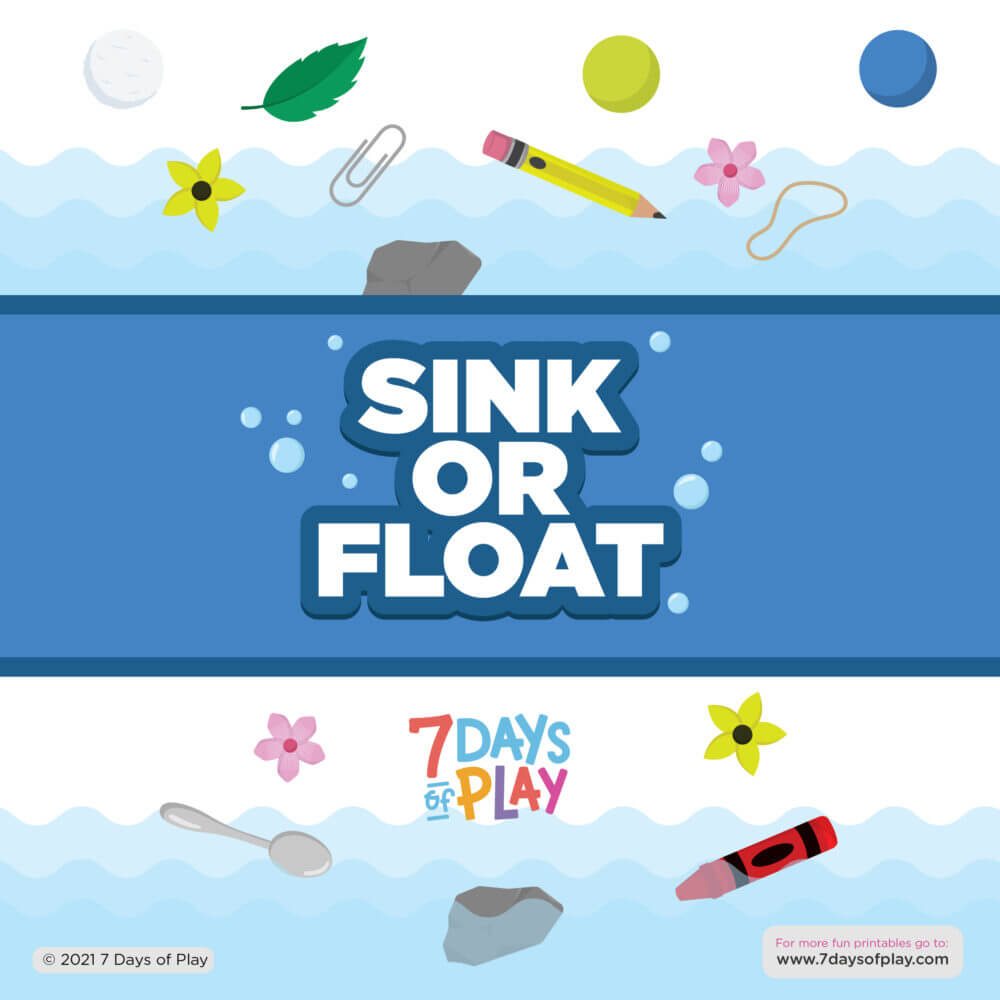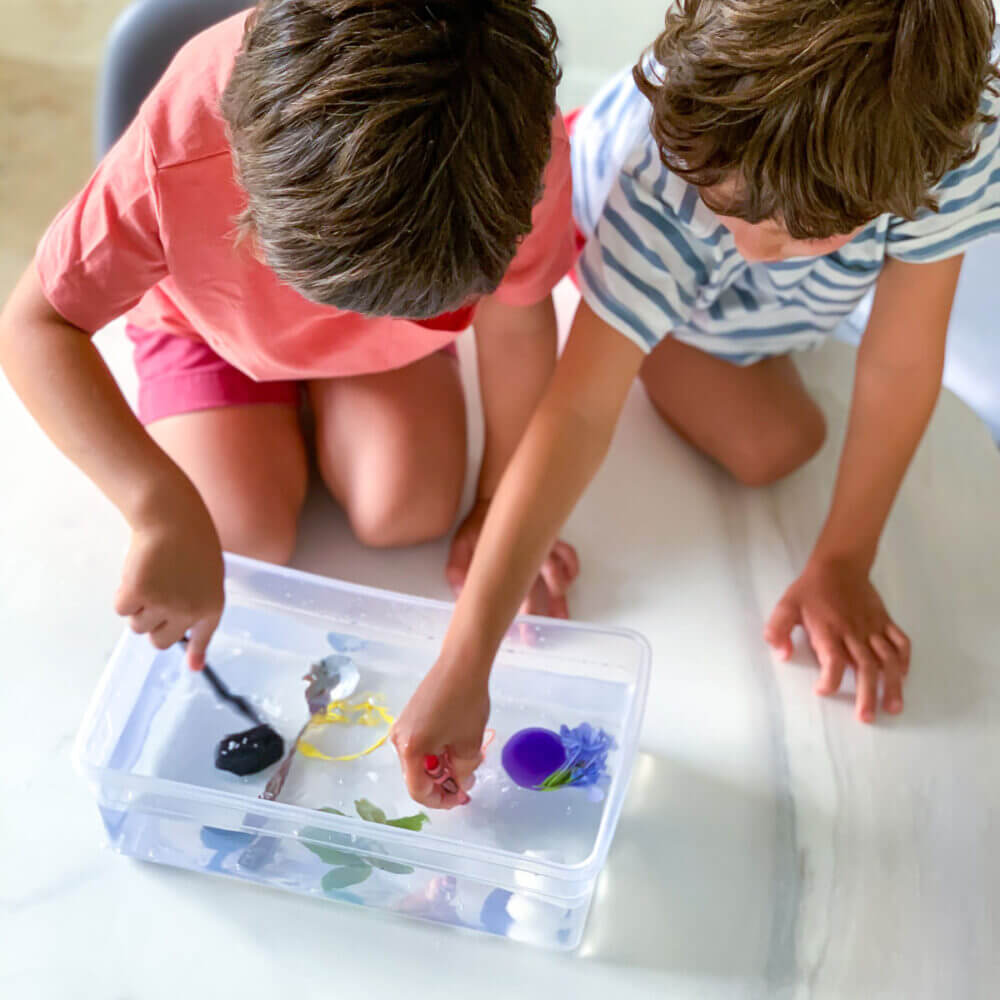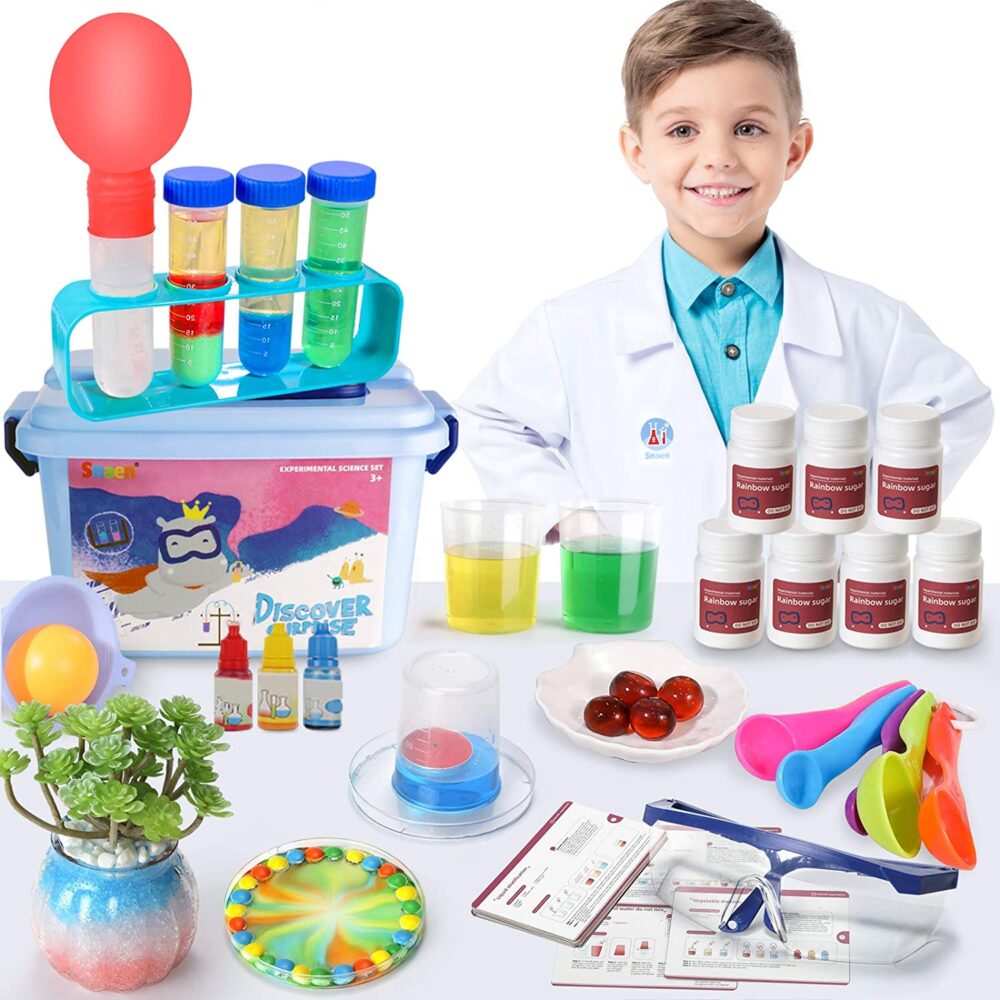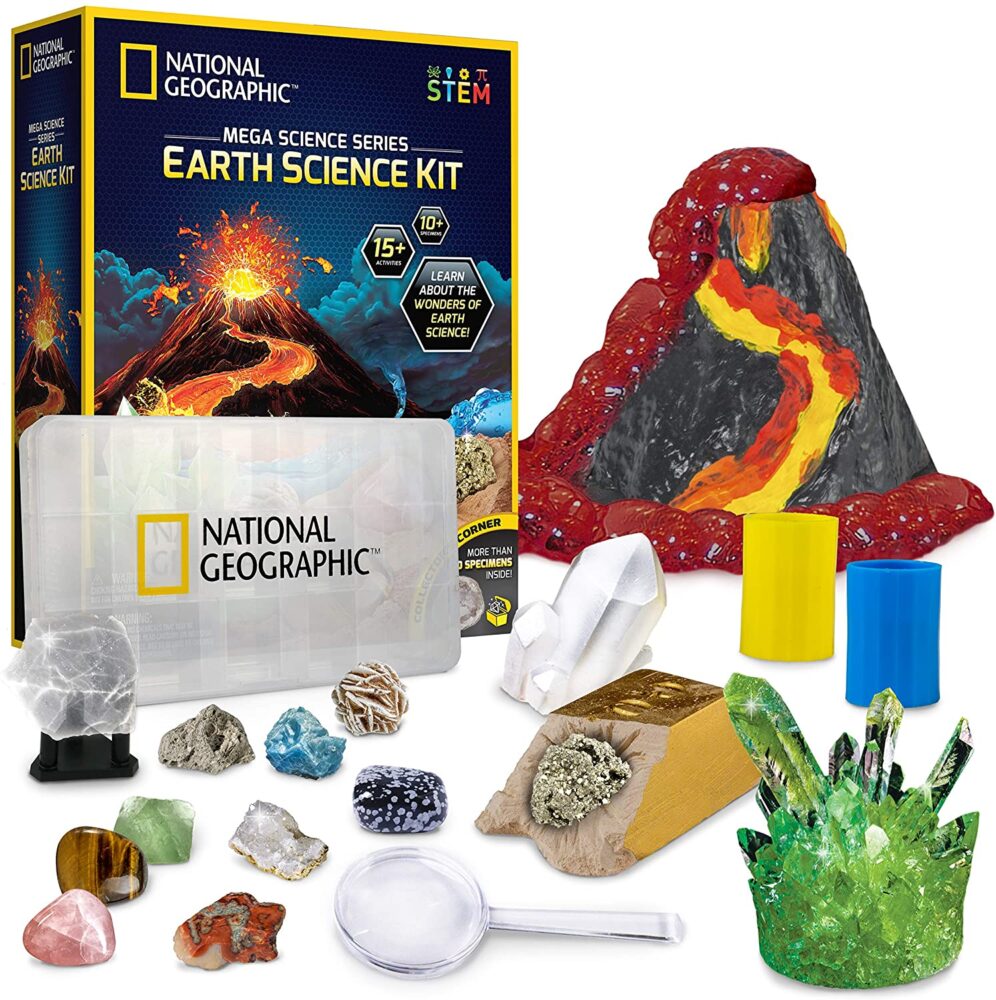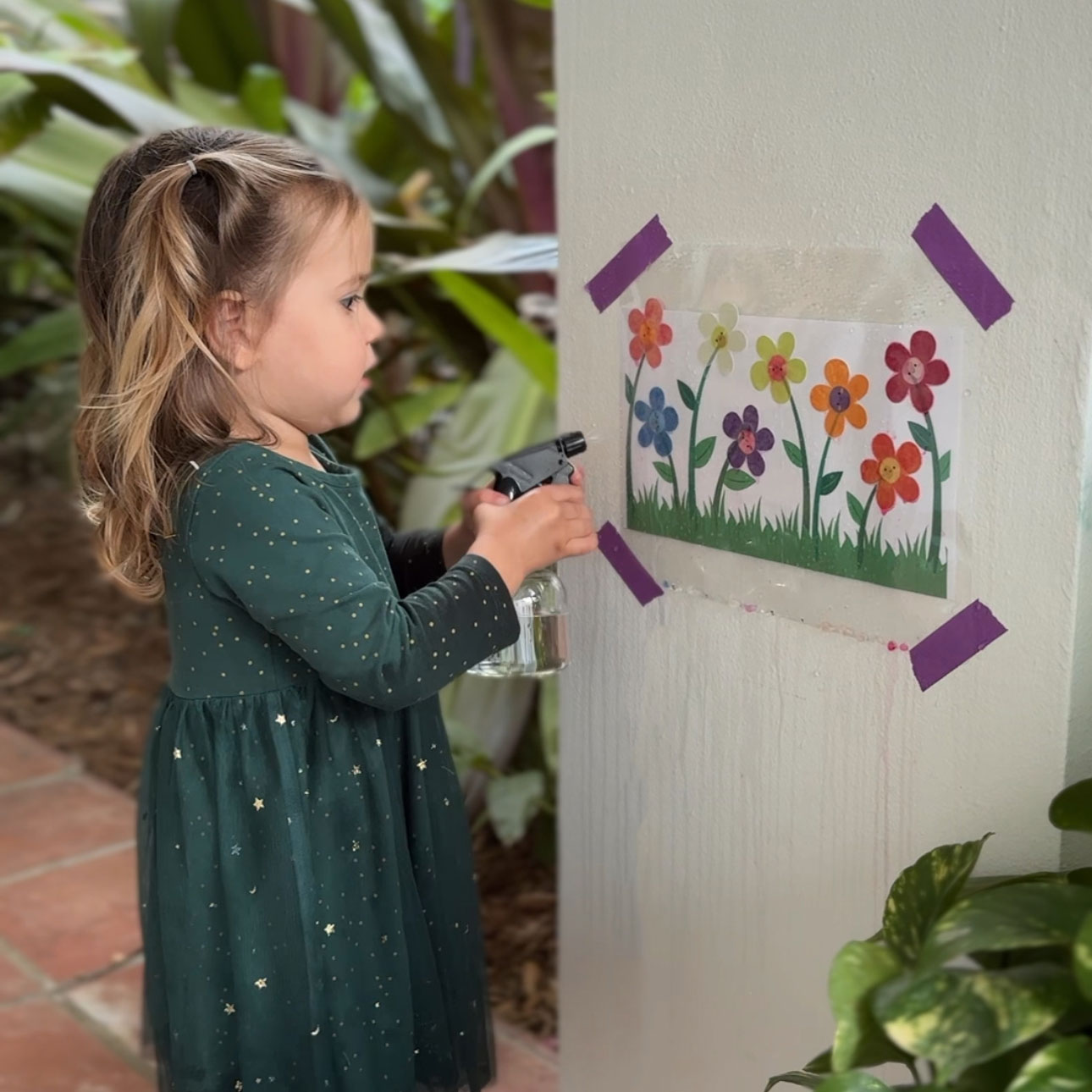Sink or Float Experiment – All About Density!
This sink or float experiment is a great way to demonstrate density. The set up is super adaptable, base it on what you have around the house! Keep reading to see how we set up this fun experiment and the educational benefits behind it!
A Budget Friendly Experiment About Density
The best part about this simple activity is that it’s fast to set up and provides such a great visual for density. With just a handful of supplies needed, the kids will be doing this experiment in no time at all. The kids will love finding extra objects just lying around the house that they can use for this activity, too!
All activities should be supervised by an adult. As an Amazon Associate, I earn from qualifying purchases. This post may contain affiliate links.
Engaging Fun with This Sink or Float Experiment
What if I told you that this sink or float experiment takes just five easy minutes to get set up? But just because it’s easy to set up, doesn’t mean it isn’t long lasting fun! This experiment is so engaging, my kiddos kept wanting to find more and more objects to see what sinks or floats!
We used a small tub of water, but this is a fun experiment to do in the bath tub or even the pool!
Engaging Fun with This Sink or Float Experiment
What if I told you that this sink or float experiment takes just five easy minutes to get set up? But just because it’s easy to set up, doesn’t mean it isn’t long lasting fun! This experiment is so engaging, my kiddos kept wanting to find more and more objects to see what sinks or floats!
We used a small tub of water, but this is a fun experiment to do in the bath tub or even the pool!
Free Sink or Float Experiment Printable!
Grab our free Sink or Float Experiment Printable Chart Worksheet for an easy way to record the results. We love that this experiment is suitable for all ages – even toddlers can have fun with it! No matter the age, this chart can work for them! Plus, the earlier kiddos start to engage with charts and graphs the better – it’s a great way to introduce the skill of data analysis!
For more printable activities, visit our Printable Shop. It is filled with easy to set-up activities that help strengthen early childhood education skills!
And if you love science experiments and want some more ideas, definitely visit our comprehensive list of science activities!
Materials
- Bucket / Bin
- Water
- Random items from around the house. We used: cotton ball, crayon, paper clip, rubber band, leaves, flowers, ball, spoon, rock, and a pencil.
- Bucket / Bin
- Water
- Random items from around the house. We used: cotton ball, crayon, paper clip, rubber band, leaves, flowers, ball, spoon, rock, and a pencil.
Step-by-Step Instructions
Step 1
Fill the plastic bin full of water.
Step 2
Select some items around the house to experiment with and have the kids decide if the objects are going to sink or swim before putting them into the water.
Step 3
Add in the objects one by one to see what will happen.
Step 4
Have the kids find other objects in the house to try!
Step 1
Fill the plastic bin full of water.
Step 2
Select some items around the house to experiment with and have the kids decide if the objects are going to sink or swim before putting them into the water.
Step 3
Add in the objects one by one to see what will happen.
Step 4
Have the kids find other objects in the house to try!
The Educational Benefits of This Sink or Float Experiment
This is such a great STEM learning activity for kids. Conducting experiments in general is a fantastic way to introduce children to science. Explain to them what an experiment is – that after making an educated guess, we test it out to see what happens. This experiment in particular, is a super visual way to introduce the concepts of density and buoyancy. For younger kids, you’ll want to stick with using the terms sink or float, but older kids will start to understand the concepts of density and buoyancy.
As a refresher, density refers to the mass of an object in a particular space. For example, a compact and heavy object has high density, whereas an object that covers a lot of space and is light has low density.
Buoyancy is the ability for objects to float in water and air. In order to determine whether an object will be buoyant both the density of that object as well as the amount of water an object will displace must be determined.
Those are difficult concepts that older kids will start to grasp. But circling back to younger kids, you can break down these concepts in their language – for example explaining how even though something is big (like a pencil) it might not necessarily means that it sinks!
Lastly, this will help teach kids the importance of a hypothesis and how it relates to science. The more that they can learn to talk about their predictions, the more that they learn about the importance of educated guesses, too.
The Educational Benefits of This Sink or Float Experiment
This is such a great STEM learning activity for kids. Conducting experiments in general is a fantastic way to introduce children to science. Explain to them what an experiment is – that after making an educated guess, we test it out to see what happens. This experiment in particular, is a super visual way to introduce the concepts of density and buoyancy. For younger kids, you’ll want to stick with using the terms sink or float, but older kids will start to understand the concepts of density and buoyancy.
As a refresher, density refers to the mass of an object in a particular space. For example, a compact and heavy object has high density, whereas an object that covers a lot of space and is light has low density.
Buoyancy is the ability for objects to float in water and air. In order to determine whether an object will be buoyant both the density of that object as well as the amount of water an object will displace must be determined.
Those are difficult concepts that older kids will start to grasp. But circling back to younger kids, you can break down these concepts in their language – for example explaining how even though something is big (like a pencil) it might not necessarily means that it sinks!
Lastly, this will help teach kids the importance of a hypothesis and how it relates to science. The more that they can learn to talk about their predictions, the more that they learn about the importance of educated guesses, too.
More Science Experiments to Explore!
Here are my top picks for science experiment kits!
This science kit for kids includes 30 scientific experiments plus fun gear like a lab coat, goggles, and other scientific equipment!
This 3-Pack Chemistry Kits will ignite a passion for science. Including an electrochemistry lab, fire lab, and vortex lab.
This kit lets your children learn hands-on about geology and chemical reactions in volcanoes.
Create glowing slime, fizzing reactions, oozing bubbles, colorful chromatography, and more!
What’s Next?
The Best Fun Outdoor Toys for Kids in 2024
Explore fun outdoor toys for kids in 2024! From sandboxes to water toys, bikes, games, and more. Keep your kids entertained all year long!
Number Recognition for Toddlers – The Best Activity to Start Learning
Kickstart number recognition for toddlers with this beginner’s activity! Fill bubble outlines with pom poms for engaging hands-on learning.
Flower Activity for Preschoolers with Free Printable!
This flower activity is a fun way to learn about how flowers bloom while also strengthening fine motor skills while using a spray bottle!


